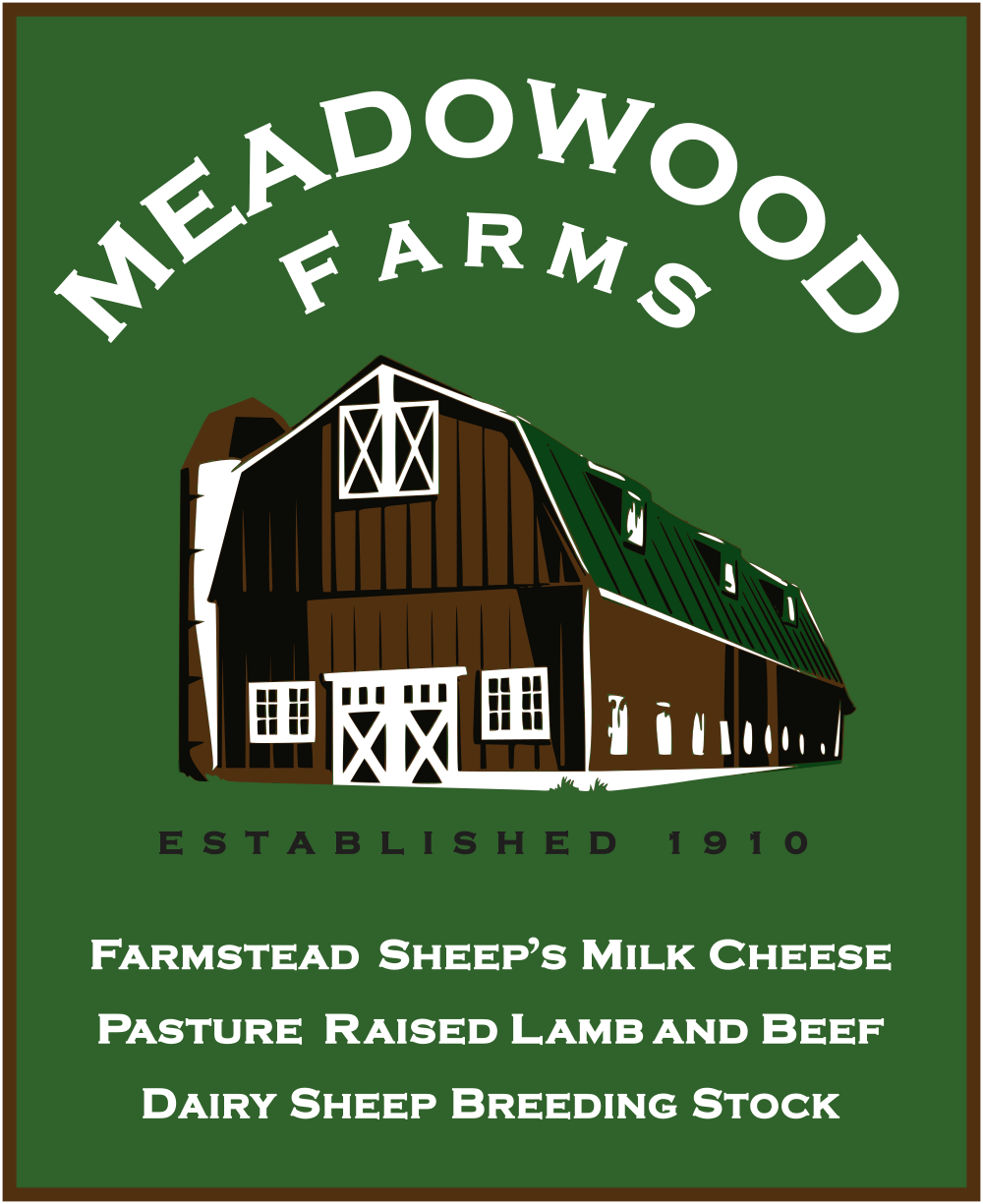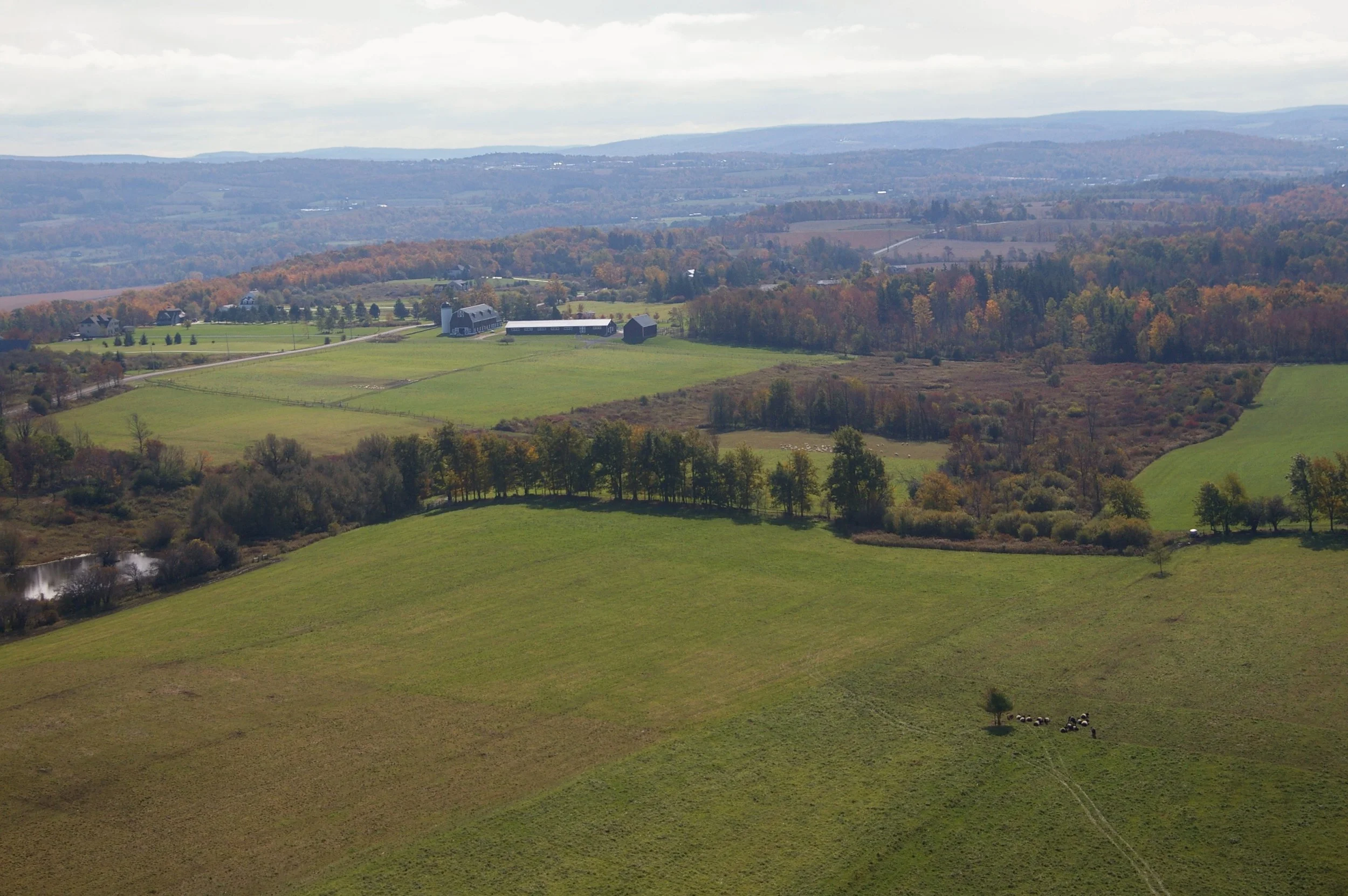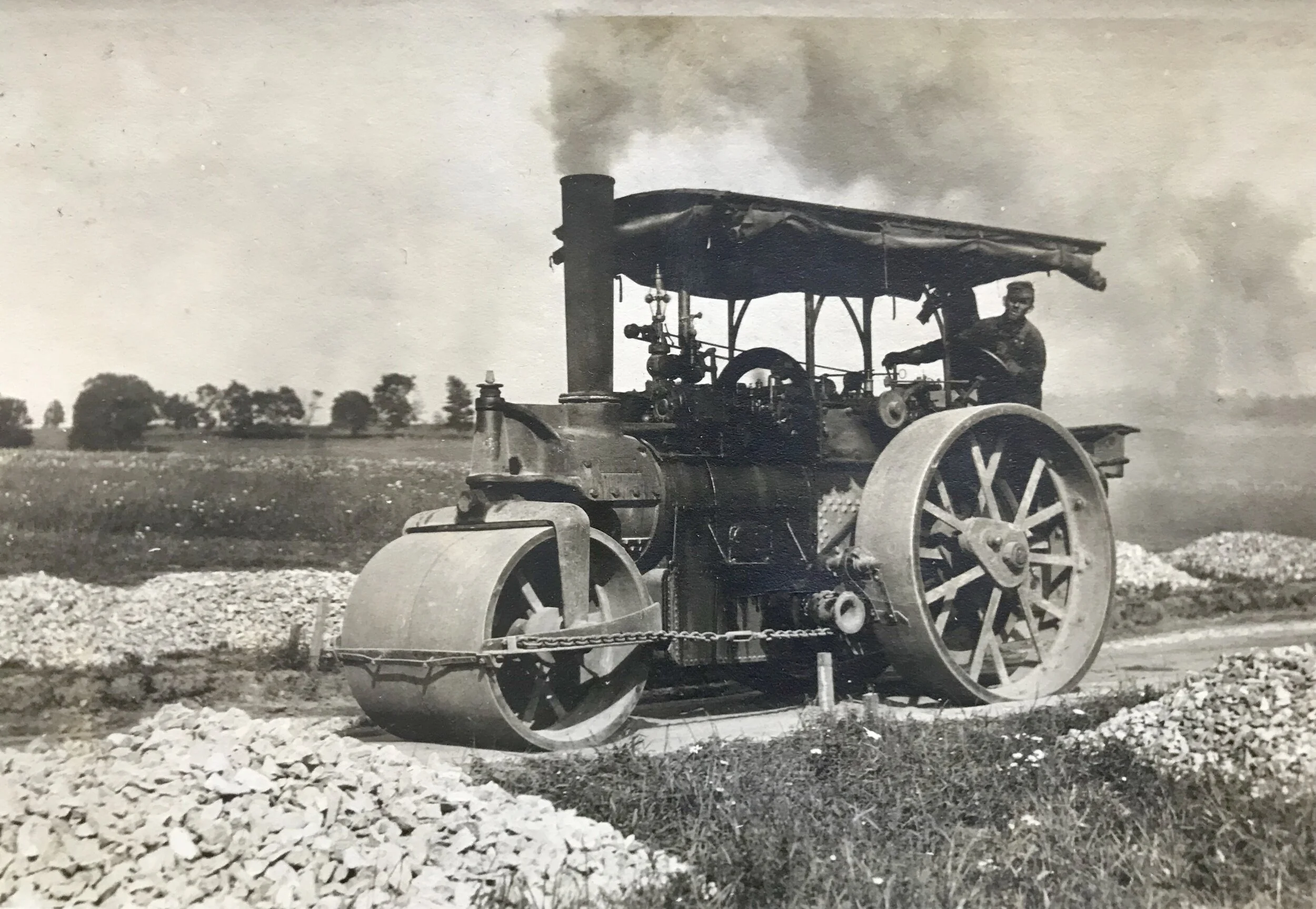History of Meadowood Farms, Cazenovia, NY
meadowood Farms, circa 1910. view from the chard house, looking west down to east lake road and cazenovia lake. The old barns at the bottom on east lake road were original to the previous adams farm, and were replaced by the chards after 1910.
the first tractor in madison county, shown building a track at meadowood farms, circa 1910. a steam-powered tractor, it was shared by meadowood farms and their neighbors at the cook farm.
meadowood farms, from the corner of east lake road and chard road, looking northeast. circa 1920.
staff of meadowood farms and the chard estate, in front of the men’s dormitory on east lake road, near the corner of east lake road and chard road. (the women’s dormitory was on chard road.)
The Walter Chards were first introduced to Cazenovia in 1906, when they visited Mr. Chard’s oldest brother Thornton Chard, an architect, and his wife, Ethel Barclay Chard. The next year Walter Chard purchased two farms and 350 acres and began drawing up expansive plans for what was to become his dream house and farm. The building of the main house at Meadowood Farms was begun in 1908, and completed in 1910. A barn for 50 fifty cows was built, also a horse barn, and another to hold hay. The old Adams farm on Chard Road, formerly called Adams Road, was utilized as a chicken farm, with 4,000 chickens. Water for Meadowood Farms was piped in from the lake up to a 20,000 gallon water tank at the top of the hill.
Across the road from the Adams farm house was an old apple orchard that yielded a substantial commercial crop of varietal apples that had been developed in conjunction with Cornell University. Potatoes were also grown commercially in the early years. The Chards, and their two sons, Tom and Chester, were very much focused, as they put it, on building a “sustainable, scientific, model farm”. The array of livestock was quite encompassing…
4,000 White Leghorn chickens, whose eggs were shipped to New York City, fetching 55 cents a dozen in 1915!
an assortment of Rhode Island Reds, and White Peking ducks
Holsteins from Holland that were used to start the dairy herd, which numbered forty to fifty
Percheron horses, the foundation stock of which had been imported from France
the 1914 Meadowood Farms brochure also mentions White Chesire pigs that were smoked in the hay barn
In addition to dairy products, pork, and eggs, Meadowood Farms grew its own hay and grain for its’ livestock and cut corn green for silage to fill the silos of the cow barn, providing green food in winter when outdoor grazing was impossible.
The Chard family truly had a vision of “local, sustainable farming”, and the farm remained in the family until the mid-1950’s when it was sold to the Winns, who lovingly cared for the property, which had wound down its farming operations. In the late 1960’s a prominent local family bought the estate from the Winns, and Meadowood Farms became the home to a large family. Due to unfortunate circumstances, Meadowood Farms was abandoned in the mid-1980’s, and was left to fall to ruin, complete with its’ beautiful Olmstead gardens, and there was a considerable movement afoot by the town of Cazenovia to raze the main house.
While in search of an historic property on which to start a “sustainable, model farm”, Marc Schappell and Tom Anderson stumbled across Meadowood Farms visiting Cazenovia from New York City for a wedding one summer weekend in 1995. Little did they know they would leave Cazenovia that weekend wedded themselves to Meadowood Farms… and thus began a long journey to first reclaim and historically restore the main house, followed by re-appending land parcels that had been divided off over the years from the farm, along with buying new, contiguous land that once had been a part of the two-century-old Cook Farm. Dave Cook's wife Ellie still lives, in fact, on what had originally been Dave's great, great, grandfather’s land. Over time, a number of barns on the farm have been re-purposed and restored accordingly, including a late 1700’s “English threshing” barn that was been dismantled piece by piece and moved to the farm as part of the “new” complex of barns.
The farm is vibrant today, perhaps in many of the same ways it was vibrant 100 years ago for the Chards, and now encompasses 225 acres, bordered by state preserved lands. In 2002 Meadowood Farms began to breed what became a nationally-recognized herd of Belted Galloway cattle, and today continues to raise Belted Galloway steers. In 2003 Meadowood Farms joined forces with Bee Tolman to continue developing a pre-eminent flock of dairy sheep and one of the top dairy sheep flocks in the US.
It takes many hands to make Meadowood Farms viable, and we have an enviable farm crew. Quincy Wool came to the farm in 2014, and now joins Bee Tolman in the management of the farm. And this year we are blessed to have two more able-bodied and good-spirited farm workers, Alex Yanez-Castillo and Jovanni Balsadua-Garcia. As you can see on the pages of this website, we continue to produce some of the United States’ top dairy sheep, best soft-ripened cheeses, as well as pasture-raised lamb and Belted Galloway beef, and yarn spun from our own lambs' wool.





